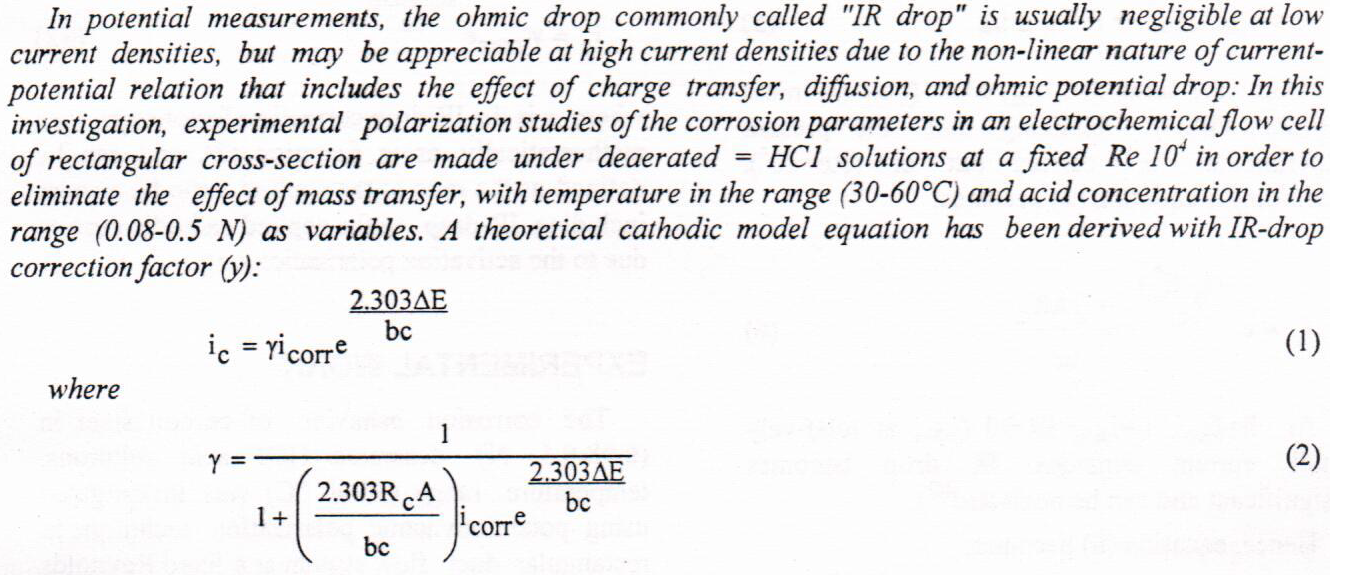
MJ Abbas, AK Hussein, Journal of Physical Education, 2019
Wireless control networks (WCNs), based on distributed control systems of wireless sensor and actuator networks, integrate four technologies: control, computer network and wireless communications. Electrostatic precipitator (ESP) in cement plants reduces the emissions from rotary kiln by 99.8% approximately. It is an important thing to change the existing systems (wireline) to wireless because of dusty and hazardous environments. In this paper, we designed a wireless control system for ESP using Truetime 2 beta 6 simulator, depending on the mathematical model that have been built using identification toolbox of Matlab v7.1.1. We also study the effect ofusing wireless network on performance and stability of the closed l
... Show MoreCrude oil is one of the most important sources of energy in the world. To extract its multiple components, we need oil refineries. Refineries consist of multiple parts, including heat exchangers, furnaces, and others. It is known that one of the initial operations in the refineries is the process of gradually raising the temperature of crude oil to 370 degrees centigrade or higher. Hence, in this investigation the focus is on the furnaces and the corrosion in their tubes. The investigation was accomplished by reading the thickness of the tubes for the period from 2008 to 2020 with a test in every two year, had passed from their introduction into the work. Where the thickness of more than one point was measured on each tube in the sa
... Show More (6)
(6)
 (7)
(7)
Abstract
This work involves studying corrosion resistance of AA 6061T6 butt welded joints using Two different welding processes, tungsten inert gas (TIG) and a solid state welding process known as friction stir welding, TIG welding process carried out by using Rolled sheet of thickness6mm to obtain a weld joint with dimension of (100, 50, 5) mm using ER4043 DE (Al Si5) as filler metal and argon as shielding gas, while Friction stir welding process carried out using CNC milling machine with a tool of rotational speed 1000 rpm and welding speed of 50mm/min to obtain the same butt joint dimensions. Also one of weld joint in the same dimensions subjected to synergistic weld
... Show More (2)
(2)
: Cervical malignancy positioned as the fourth most prevalent disease among women around the world. HPVs especially HPV16 are the causative agent of cervical cancer, responsible of about 5% of all human cancers worldwide. Some researchers found that the fibronectin is repressed by the papillomavirus (HPV) type 16 E7 oncoprotein in both HPV-positive nontumorigenic and tumorigenic cell lines, while others found that the HPV oncoprotein increase the levels of fibronectin. The aim is to study the effect of HPV infection on Fibronectin expression and their correlation onthe development of Cervicalcancinoma. The current retrospective study enrolled paraffinized blocks of two groups. The research included 30 cervical carcinomatous tissues as well
... Show More (3)
(3)
Steel fiber aluminum matrix composites were prepared by atomization technique. Different air atomization conditions were considered; which were atomization pressure and distance between sample and nozzle. Tensile stress properties were studied. XRF and XRD techniques were used to study the primary compositions and the structure of the raw materials and the atomized products. The tensile results showed that the best reported tensile strength observed for an atomization pressure equal to 4 mbar and sample to nozzle distance equal to 12 cm. Young modulus results showed that the best result occurred with an air atomization pressure equal to 8 mbar and sample to nozzle distance equal to 16cm
In his post colonial novel, In the Skin of a lion, the Canadian/Sri Lankan writer,
Michael Ondaatje is so interested in the term "Post colonialism" because he wants to show
that the term doesn't only refer to a period of time that comes after colonialism. In other
words, post colonialism is not only referred to as a literal description of formerly colonial
societies. He deals with the termas a literary genre and an academic construct that describes
the global conditions of a man after a period of colonialism. He shows that post colonialism is
a theory that tries to examine and explore the different styles and faces of European authority
to control the colonized. Ondaatje's attempt through such term is to unmask Europ
 (1)
(1)
